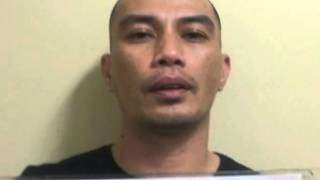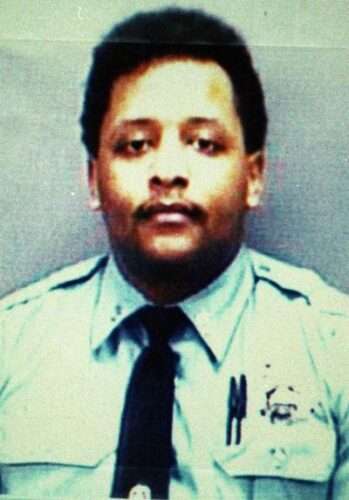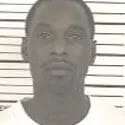Edward Fields Federal Death Row
Edward Fields is a former prison guard who was sentenced to death for the murders of two people on Federal land. According to court documents Edward Fields dressed up in camouflage and stalked the married couple from Texas for three days before shooting and killing the couple. Due to the murders taking place on Federal…







